Complete Guide to the G-Mark Certification Process for Low Voltage Equipment
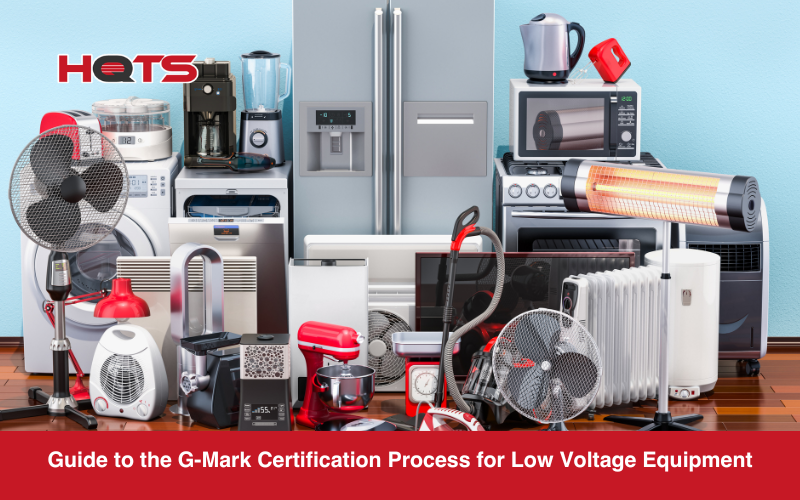
If you want to sell low voltage products like toys or electronics in countries that are within the Gulf Cooperation Council (GCC), you need to ensure they have the G-Mark. G-Mark certification is mandatory for these products, and achieving it can seem daunting and difficult; but we’re here to help. This guide has everything your […]
Understanding California Proposition 65 Warning Label Requirements: an Introduction
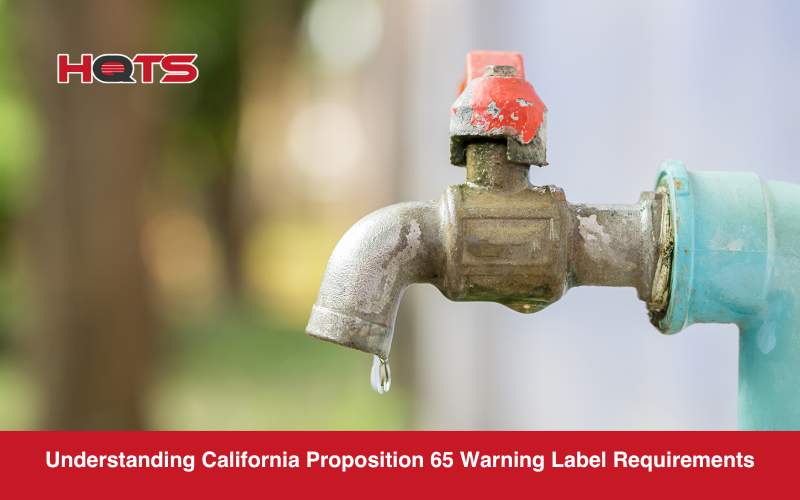
If your business is selling products in California, understanding and complying with Proposition 65 is not just good practice – it’s a legal imperative. Officially known as the Safe Drinking Water and Toxic Enforcement Act, this unique California law empowers consumers with information about potential exposure to certain chemicals. Failing to act within the guidelines […]
What is the WEEE symbol for European Electronic Imports?

If your business wants to import electronics into the EU, there are some hurdles you’ll need to overcome, including environmental compliance. This is where the Waste Electrical and Electronic Equipment (better known as WEEE) Directive comes in. This helpful guide should teach you all about what WEEE is, what it covers and how to comply […]
Importing Electronics into the U.S.: How to Achieve FCC Certification
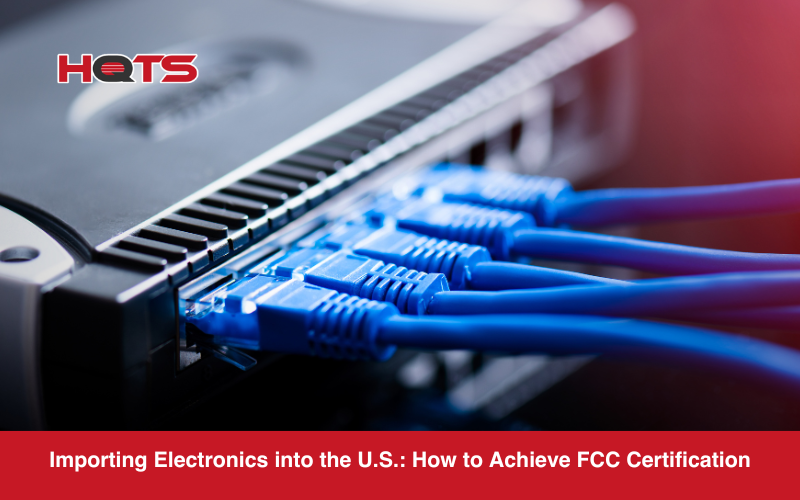
What is the FCC Standard for Electronics? The Federal Communications Commission (or FCC) ensure that devices emitting radio frequency energy operate within specified limits, preventing interference with other electronic devices by setting limits on the intentional and unintentional radio signals they can emit. Such devices are either categorised as class A (for commercial and industrial […]
LFGB Testing Requirements: Ensuring Safety and Compliance
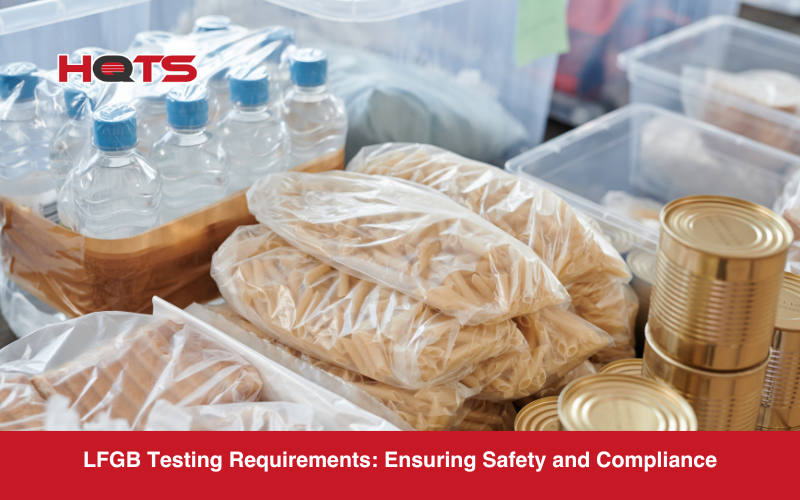
In the global culinary marketplace, it’s more important than ever to ensure the safety of products that come into contact with food. For companies in the European market, particularly Germany, understanding and complying with LFGB testing requirements and regulations is the most important consideration of all. What is LFGB? LFGB is a Food and Commodities […]
Toy Compliance: A Full Guide to European Regulations
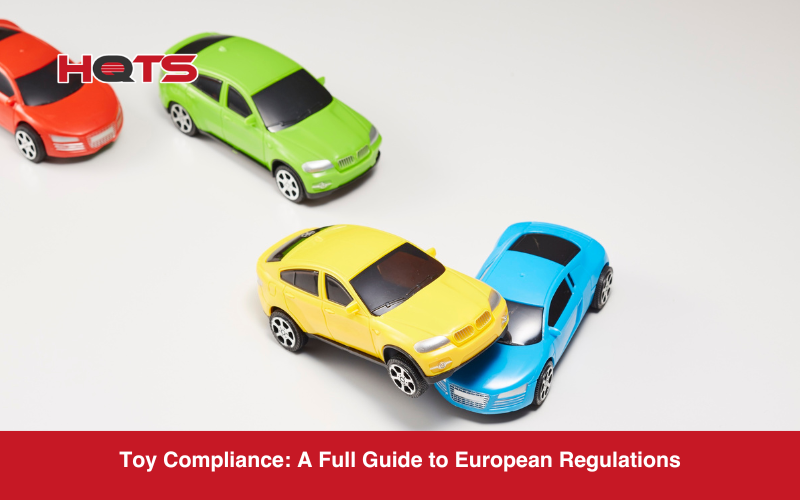
Selling toys is a valuable and lucrative business full of exciting opportunities – however, beneath the bright colors and cheerful designs lies a rigorous framework of regulations designed to protect children. Understanding and adhering to these rules isn’t just about avoiding penalties; it’s about building trust, safeguarding reputations, and most importantly, ensuring every toy brings […]
Selling Apparel and Textiles on Amazon: a Complete Guide to Compliance
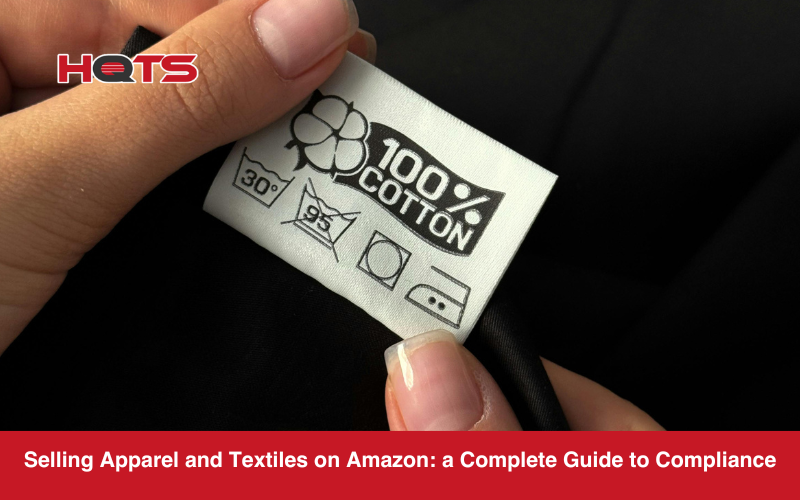
Amazon’s global marketplace provides huge opportunities for companies selling clothing, apparel and textiles. In fact, as you can see here, this category of Amazon products has been growing year-on-year, meaning there are huge opportunities to grow your company by beginning to sell these products. However, selling textiles isn’t simple, and navigating the site’s complicated requirements […]
All About the CPSIA Tracking Label Requirements [Toy Tracking Label]
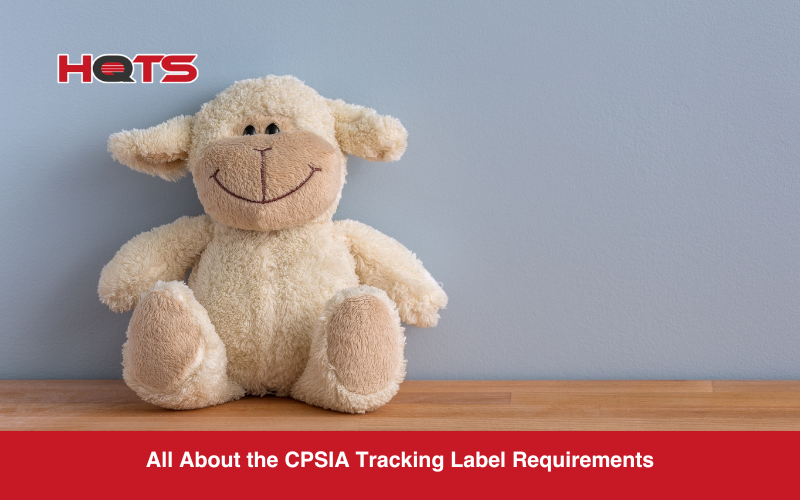
The Consumer Protection Safety Improvement Act (CPSIA) was enacted to Safeguard consumers against unsafe products. The CPSIA tracking label is a permanent packaging and product label which include key information about the product, importer, manufacturer or the product batch. It is a mandatory requirement to have this toy tracking label on for example products intended […]
Understanding the New UK-India Trade Deal: Opportunities for Global Supply Chains
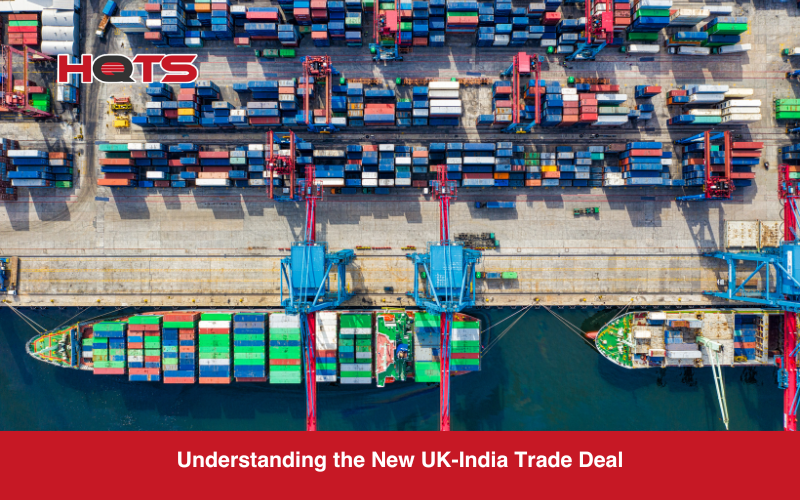
The recently announced UK-India trade agreement marks a significant milestone for international commerce, presenting new opportunities for businesses engaged in global supply chains. Signed after three years of negotiations, this landmark deal lowers tariffs on a wide range of products, including clothing, footwear, food products, jewellery, automobiles, and medical devices. UK exports such as whisky, […]
CBAM Report Assurance – Everything You Need to Know (2025)

The Carbon Border Adjustment Mechanism, or CBAM, is an EU policy designed to put a carbon price on the imports of certain goods. The policy stops companies from moving their production to countries with weaker climate rules just to avoid paying for emissions. In practice, this means importers will have to report the greenhouse gas […]